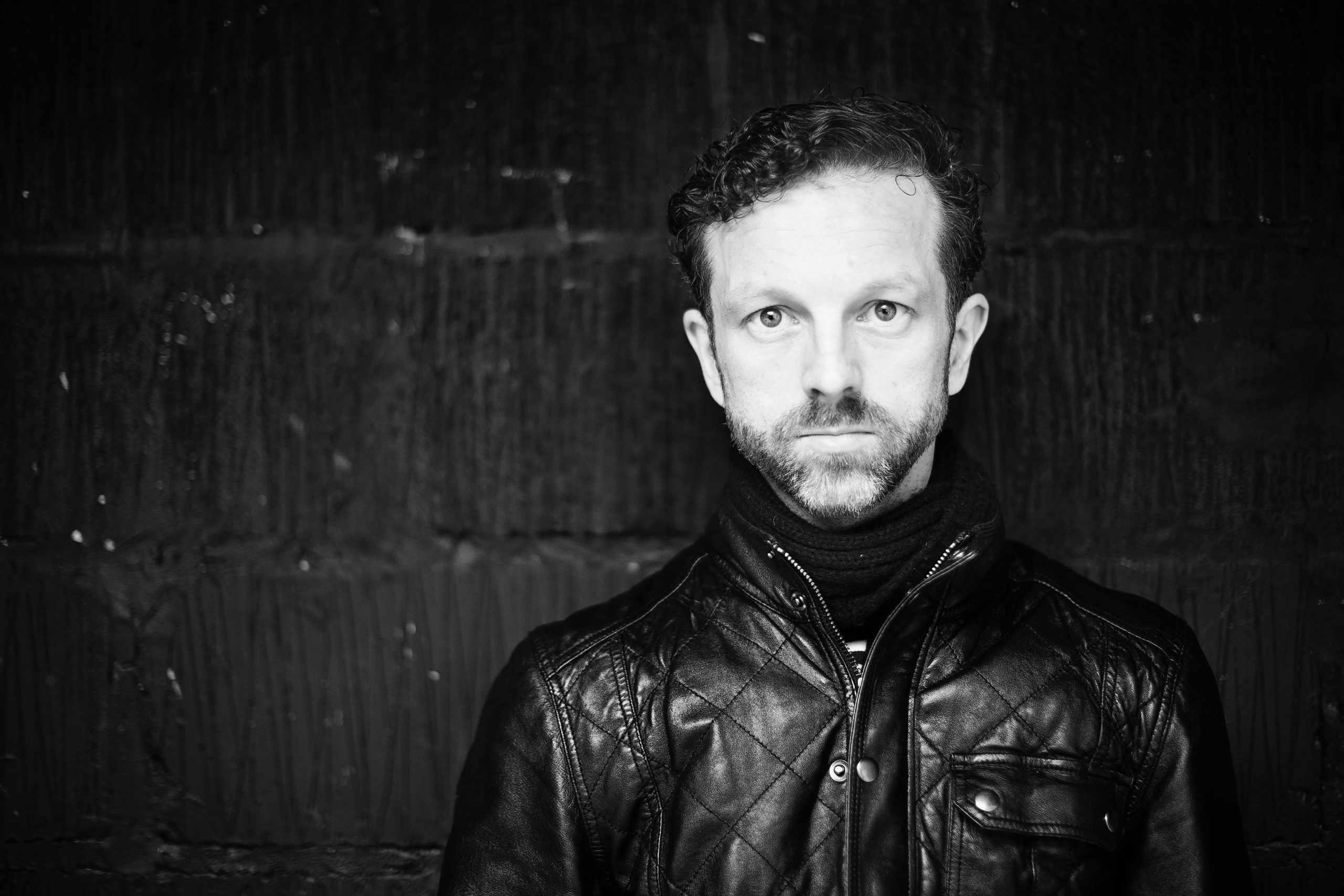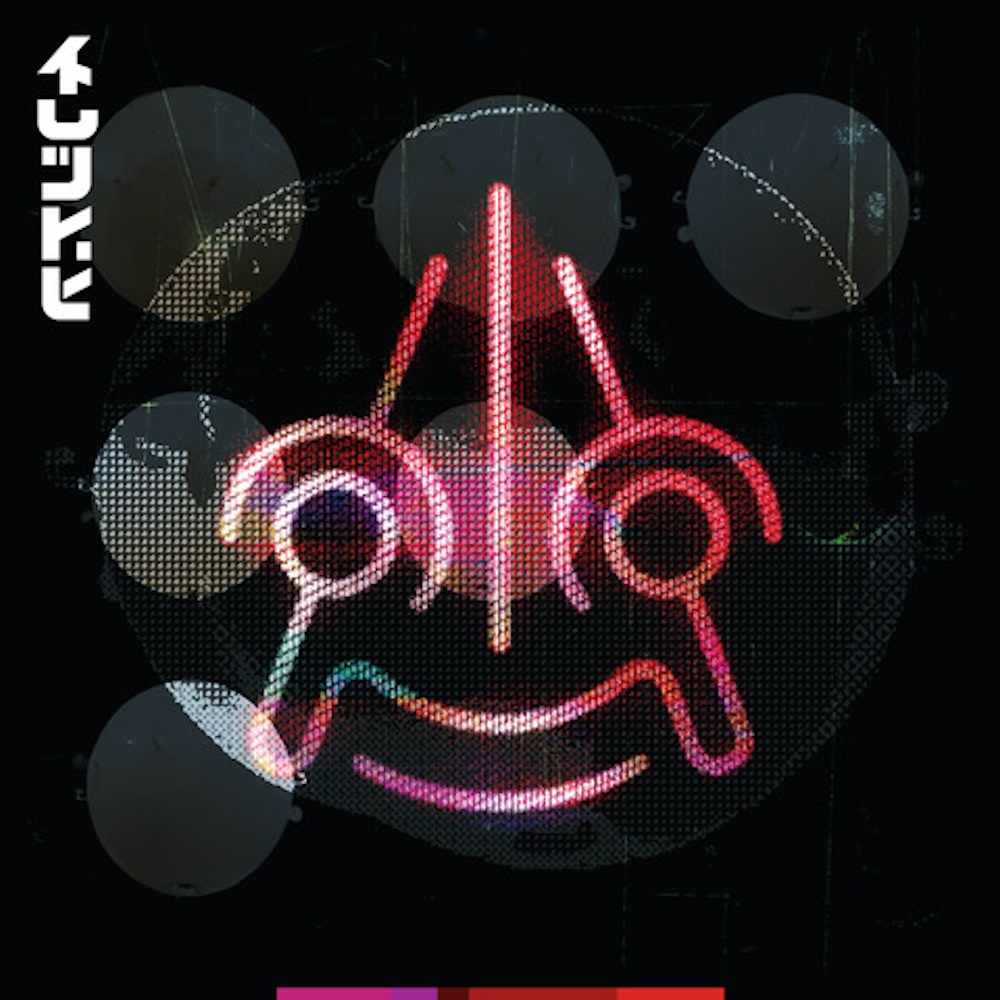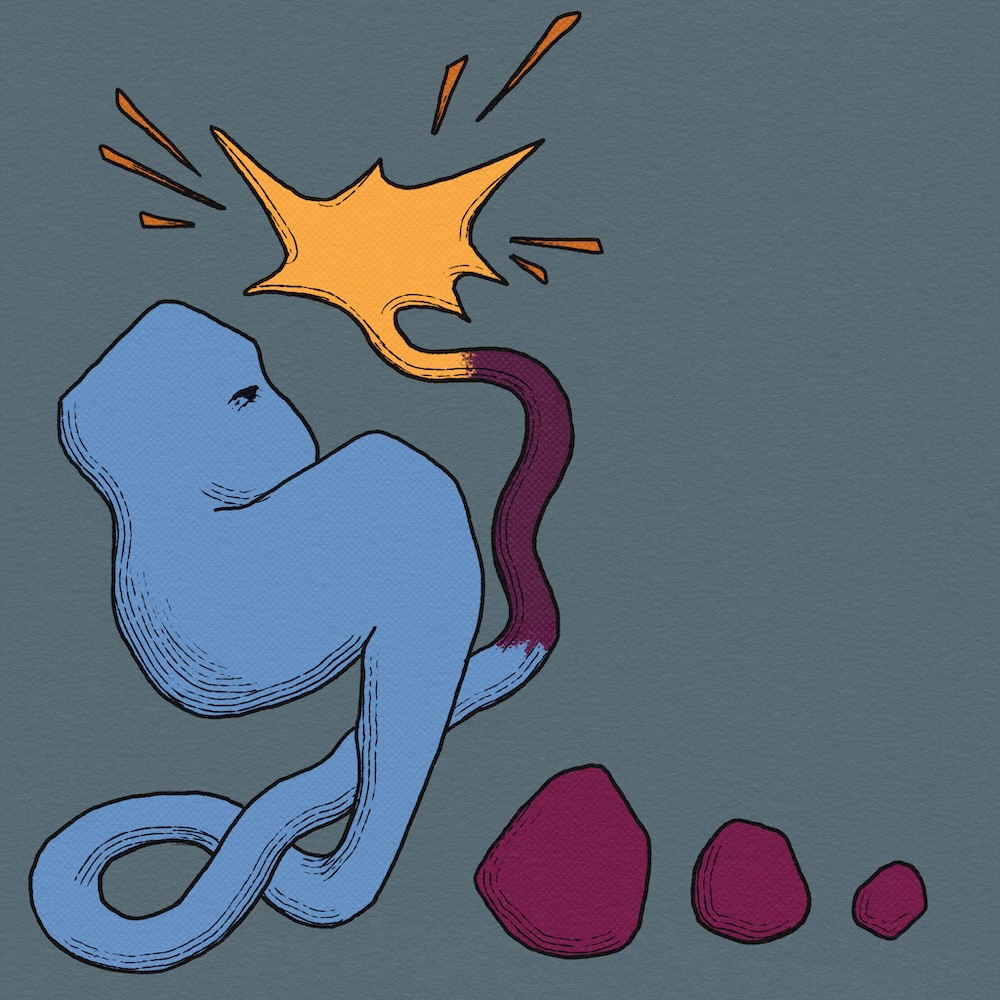Lo Shea Talks

I first met Liam O’Shea around 17 years ago. I say, “met”. It was probably more a case of me bothering him. He was a resident DJ at a night in Sheffield called NY Sushi at a club called Unit. I was a sixth-former, newly-obsessed with drum ‘n’ bass and nightclubs, who went there every week. I can’t remember a specific meeting but chances are I would have approached him, chatted shit about some huge drop or other (while he listened politely) and then staggered off. That was the extent of it.
NY Sushi had a bit of a split personality: downstairs had the feel of a relaxed house party, complete with hip-hop, breaks, and anything else that tickled the fancy of the guys who ran it.
Upstairs, where Liam and I spent most of our time, was an altogether sweatier affair. It was 1998 and techstep – with its extreme, futuristic basslines, simple, stepping drum patterns and sci-fi dystopia aesthetic – was drum ‘n’ bass’s dominant sound. Grooverider and Ed Rush and Optical were the big bookings, the kind of acts that Liam would regularly support as one half of a DJ duo called Grasscutter.
There was a sense though, even then, that Liam was not your average DnB DJ. His long dreadlocks might have looked more at home at some of the techno free parties that I would also occasionally go to round the Steel city. And he was accompanied not (as was usual) by a male MC, but by a female singer, Ruth Joy, a cult Sheffield figure who provided vocals for one of the cult Sheffield electronic records, Krush’s ‘House Arrest’ in 1987.
When, more than a decade later, I saw the name Lo Shea popping up while I was casually browsing the house and techno aisles of this or that record shop, it took me a while to twig who he was. I’d decamped to London in 2004, post-university. But, yes, it’s Liam O’Shea, still making Sheffield a more interesting place to go out. And now he’s getting national and international recognition for his efforts: as the boss of one of the city’s best venues, Hope Works – and running a number of labels: Seaghda, 100 Years, and a few others spun off from the venue.
So what better time – just as things seem to be coming together for Lo Shea after years of plugging away – to get together to talk about the state of Sheffield dance music, now and in the past? And what better place than the lobby of the hotel he’s staying in round the corner from fabric, before his first ever set at the place – a measure of how far he’s come.
There’s a flicker on Liam’s face when we meet. “I kind of recognise you,” he says. He’s now 40-odd, without the dreads and teetotal. We start to reminisce about Sushi before our conversation moves on to his personal recollections of Sheffield dance music and his own contribution to it.
The truth is, the guy’s played all sorts of different dance music at various Sheffield parties down the years, ever since moving to the city from his native Nottingham for university in 1991. He’s been a regular – as a DJ or regular punter – at many of the big Sheffield nights of the past couple of decades, be they DnB, techno, house, whatever. Liam’s tastes were so broad, he’d even frequent Gatecrasher, the trance superclub, and had a jazz phase.
Liam and his gang were, as he informs me, “wreckheads” in the early ‘90s, seemingly going to every party going in Nottingham and Sheffield (he just missed out on Jive Turkey), with Liam getting his first gig at No Logic – a techno night at Sheffield’s Arches club. Upstairs he’d spin everything from experimental to ambient to jungle; Warp records and bleep techno were a touchstone but it was everything goes. He then got fully into DnB, landing – with Grasscutter – residencies at the Palais (later the Music Factory, Bed, a Sainsbury’s Local) then NY Sushi at Unit.
Sushi came to an end in the early noughties, some time after they had told Liam he had to play with the resident MCs rather than Ruth Joy. It began a phase where Liam dipped into various projects around Sheffield – including what he calls an “acoustic jazzy hip-hop thing” with Ruth Joy started in the late ‘90s. But you kind of get the impression that through the 2000s, Liam was biding his time, dipping into different scenes, getting his production skills up to scratch, going to mates’ nights and working in a music equipment shop. Sure, he had musical projects like the thing with Ruth Joy, and a return to the more conventional song-writing and band set-up of his youth, with something called the Black Knights. But there was no real breakthrough until he started producing dance music again in the early ’10s, and opened Hope Works in an old warehouse in 2012.
One of the reasons for this long gestation period, Liam confesses, could have been the not-quite-fitting-in thing I noticed at NY Sushi; not being a “scenester”, as he calls it.
“Within a scene there are always some heads who are kind of spearheading it. And round the periphery of that scene, there are people who are probably like me, who are interested in music, and are observing…”
Whereas some people are involved with a particular style of music for years, maybe even decades on end, Liam explains: “I’m just not wired up like that. I need to be more free-flowing with what I like. Music’s about emotion and feelings, and they change.”
“At any one time there will be a main focus of creative energy within music. And I’ve tended to gravitate towards that. Where’s all the energy now? And trying to find my place within it, and my own voice that kind of represents … trying to find a way to communicate, really.”
This restlessness, he hints, is the reason took a while to get going. At one point he contrasts this path with that of his old Sheffield University and No Logic pal Jamie Wilkins, who concentrated on house music – running the well-regarded Scuba night in the nineties and noughties. While Wilkins was playing host to resident Chris Duckenfield, Larry Heard, Pepe Bradock, Moodymann, et al – and managing Matthew Herbert for a bit – Liam was still “dipping into” different scenes.
So can Liam put a finger why he has broken through now? Partly, it’s simply the result of running a good venue with good programming; take a cursory glance at recent bookings and you’ll see names like Floating Points, Anthony Naples, Joy Orbison, Harri & Domenic and Robert Hood. Another, prosaic, reason was that it took him years to get really shit-hot using different bits of studio gear enabling him, as he says, to be able to speak through his music.
“It’s like a language, isn’t it? It’s being able to communicate to any degree – it took me a long while to do it. Some people learn really quickly but I think it took me quite a long while. It was a different world back in [the nineties and noughties], you didn’t have courses and everything, stuff wasn’t quite so easy to learn. And I didn’t have much money at the time so it took a while to piece together all the gear.” Ruth Joy, for example, taught him to use the MPC.
So, with all these years of dancing to, playing and making everything from jungle to house to techno to whatever, do people dance differently depending on the music? This may seem a stupid question but few people have been able to see different crowds’ reactions from the vantage point of the DJ booth.
“You’re right, people dance differently,” Liam answers via email after our meeting. “There are the obvious differences in tempo and rhythmic inclination of different styles of music. Then there’s the cultural aspect, where its roots are and the people who germinate the style or scene … and their heritage. It’s too complicated to make generalisations and I really don’t want to get into sweeping statements about people. I’d rather leave this completely open.”
With all this talk of roots and heritage, the conversation also, inevitably, takes in Sheffield itself – a byword for steel, industry and, latterly, industrial decline and why that equalled bleep techno. Liam’s current musical phase was triggered by the influence of another industrial city synonymous with electronic music: Berlin. Specifically, when he saw Moderat play (live at Sonar) in 2009. He had a German girlfriend at the time so spent a while sampling the city’s musical delights. Continuing the industrial theme, come 2013 Liam released a couple of techno tracks – the debut release on his 100 Years label using field recordings of the (still-working) Forgemasters steelworks in Sheffield. I ask Liam about the oft-observed relationship between industrial cities and techno music.
“It’s been discussed many times, especially the Sheffield v Detroit thing … the ‘Little Detroit’ factor, but I think it’s for a reason: it does seem to make a difference. I’m sure climate, geography, cultural factors and history all play a major role in the prevailing creative slant of a city, and its development through time.”
It’s the “claustrophobia and high-impact living” and industrial noises of places like Sheffield that “creeps into the music. Then there’s the physical and practical factor of there being lots of warehouses and factory spaces, places where since the birth of acid house and rave people sought to throw parties, first illegally, now legally.”
And what about different scenes, I wonder. As he admits, Liam has flitted between a good few. The internet being what it is: “kids are into everything nowadays”. A cliché, perhaps. Were there ever really boundaries between different scenes and, if so, have these broken down? Surely a very relevant question for someone who is avowedly not a “scenester”.
His verdict is that while “human nature” hasn’t changed – people still want to belong – he is in “two minds” because of the whole internet thing making accessing music so easy.
“Kids can and do listen to a huge range of music and styles nowadays. We don’t have the Mods vs Rockers scenario now in the same way. But you could also argue that the way people dress half the time is still tribal with its own ‘uniform’ and codes of conduct. There are still scenes, micro scenes and things people want to follow and be part of. It’s human nature. Maybe the picture has just got more complicated and at times more subtle due to us having better access, more choice and because there are just more of us around.
“I could literally discuss this for hours but I’m not entirely sure if I’d ever get to a conclusion actually …”
When I ask about what the summer holds for Lo Shea – more studio time, releases for Transit and DEXT, working on a live show – it becomes how clear how much he’s enjoying himself at the moment.
“Oh how love the summer… I can honestly say I’m waking up feeling grateful and excited every day to be able to pursue something I love. Something that infinitely intrigues me.”
At the end of our chat in Mal Maison reception, Liam’s phone rings. It’s the guys from fabric. He’s unfailingly polite but has to cut off the interview, for now. Not unsurprisingly he seems maybe slightly nervous about his Charterhouse Street debut alongside such luminaries as Craig Richards and Levon Vincent. But, more than anything, it seems like Liam is buzzing, focused on the task in hand. After I’ve turned off my dictaphone, we continue to chat for a bit, and he mentions something about “recognition”. I can’t remember his exact words, but you get the gist.


















Must Reads
David Holmes – Humanity As An Act Of Resistance in three chapters
As a nation, the Irish have always had a profound relationship with the people of Palestine
Rotterdam – A City which Bounces Back
The Dutch city is in a state of constant revival
Going Remote.
Home swapping as a lifestyle choice
Trending track
Vels d’Èter
Glass Isle
Shop NowDreaming
Timothy Clerkin
Shop Now